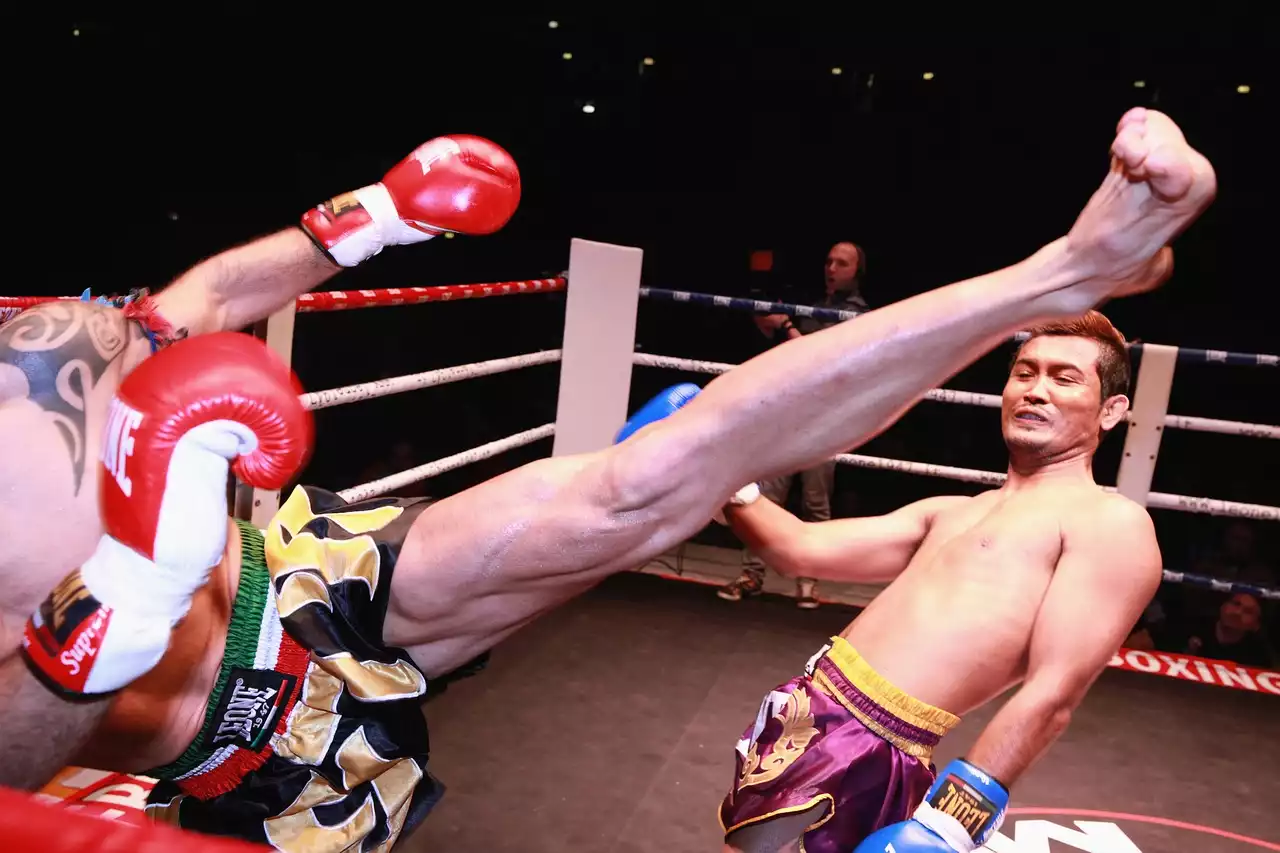Rorion Gracie is one of the founders of the Ultimate Fighting Championship and a Brazilian Jiu-Jitsu martial artist. He was born in Rio de Janeiro, Brazil. He is a 7th degree Red and Black Belt in Brazilian Jiu-Jitsu, a 3rd degree Black Belt in Judo, a 2nd degree Black Belt in Taekwondo, and a 1st degree black belt in Karate. Rorion is also known as the "Father of Brazilian Jiu-Jitsu" for his work in popularizing it outside Brazil.
He started training when he was 14 years old with his father, Helio Gracie. Rorion's family was famous for their no holds barred street fights that were known to draw crowds of up to 1,000 spectators for matches.
The idea for the UFC came from watching Bruce Lee movies as well as reading about his philosophy on fighting. The UFC was created by Rorion Gracie and Art Davie.
Rorion Gracie's history
Rorion Gracie was born in Rio de Janeiro, Brazil. He is a 7th degree Red and Black Belt in Brazilian Jiu-Jitsu, a 3rd degree Black Belt in Judo, a 2nd degree Black Belt in Taekwondo, and a 1st degree black belt in Karate. Rorion is also called the "Father of Brazilian Jiu-Jitsu" for his work in popularizing it outside Brazil.
In the early 1960s, Gracie was interested in Bruce Lee's philosophy on fighting and thought he would be able to combine that with judo moves to create an unbeatable style of martial arts. Gracie then teamed up with Art Davie to create what became the Ultimate Fighting Championship (UFC). UFC's format allowed fighters from different styles against one another to determine the most effective martial art.
One of the most important contributions Rorion made for MMA was the concept of weight classes, which originally were based on boxing weight classes but eventually evolved into smaller divisions like flyweight and bantamweight. Today there are 17 official weight classes set by the organization.
The UFC, the first mixed martial arts tournament
The UFC, the first mixed martial arts tournament was created in 1993 by Rorion Gracie and Art Davie. Rorion was the visionary behind the idea and he brought together a group of people to help him with it.
There were twelve different rule sets used in various competitions at that time. The UFC needed one unified rule set that could be used in every match to make it more fair for fighters.
Rorion worked with doctors and lawyers to research injuries sustained during matches so as not to put participants at risk from doing harm to themselves or others. They also wanted to find ways of minimizing injuries for competitors and offsetting the costs for them which led them to work with insurance companies.
What is Jiu-Jitsu?
Jiu-jitsu (or jiu-jitsu) is a martial art that can be practiced either as an art or as a combat sport. It was developed in the late 19th century in Tokyo, Japan, by Jigoro Kano and became known worldwide due to the success of Royce Gracie, who won against opponents more than 100 lbs heavier than him at tournaments like UFC 1 and UFC 2.
Jiu-jitsu as an art focuses on grappling and wrestling with an opponent. It teaches practitioners how to grapple for self-defense, with a focus on throws, joint locks, foot sweeps, and chokes.
One of the most notable features of jiu-jitsu is its emphasis on submission due to its links with ground fighting. The use of leverage maximizes both offensive and defensive options for manipulating or controlling an opponent.
What is Taekwondo?
Taekwondo can be traced back to the ancient Korean art of Taekkyeon, and is known for its emphasis on speed and power. Taekwondo is a traditional martial art that is believed to have originated in Korea in the 1940s. Practitioners of Taekwondo use their hands, feet, elbows, and knees as weapons. When they fight, they typically wear a uniform called a "Dobok".
The goal of Taekwondo is to maintain balance while fighting. Practitioners are taught not only how to fight with weapons but also how to avoid being hit by weapons. They are also taught how to throw other people off balance so they can't use their weapons effectively. In order to achieve this goal of maintaining balance, practitioners have developed some amazing techniques for dodging punches, kicks, and other attacks thrown at them.
The Rorion Family
In the early 1950s, Rorion Gracie's family settled in the hills of Hollywood, California. His father, Helio Gracie was a Brazilian Jiu-Jitsu master who opened a martial arts school at 1818 Vine Street in Hollywood. The family emigrated from Brazil to provide their oldest son with better job prospects as a highly skilled Brazilian Jiu-Jitsu fighter.
Helio and his sons were soon involved in sparring matches with practitioners of other martial arts like karate, judo, taekwondo and boxing. On account of his success against practitioners of other martial arts, Rorion's father decided to teach Jiu-Jitsu to Americans. He opened the first Gracie Jiu-Jitsu Academy on Pacific Avenue in Torrance, California.
The academy relocated in 1968 to 4757 West Carson Street in Torrance. The family then established a second academy at 2437 West Pico Boulevard in Santa Monica also known as the "Gracie Academy." In 1973, Helio bought property on East Liberty Boulevard near UCLA and moved the main academy there where it is still located today (currently at 4000 E Liberty Blvd).


 The Significance of the World Darts Championship
The Significance of the World Darts Championship
 Some Tips on Big Game Fishing
Some Tips on Big Game Fishing
 Some Tips to Betting on Golf
Some Tips to Betting on Golf MMA-The Best Fighters
MMA-The Best Fighters MMA-Gina Carano
MMA-Gina Carano MMA-Conor McGregor
MMA-Conor McGregor MMA- Art Jimmerson
MMA- Art Jimmerson